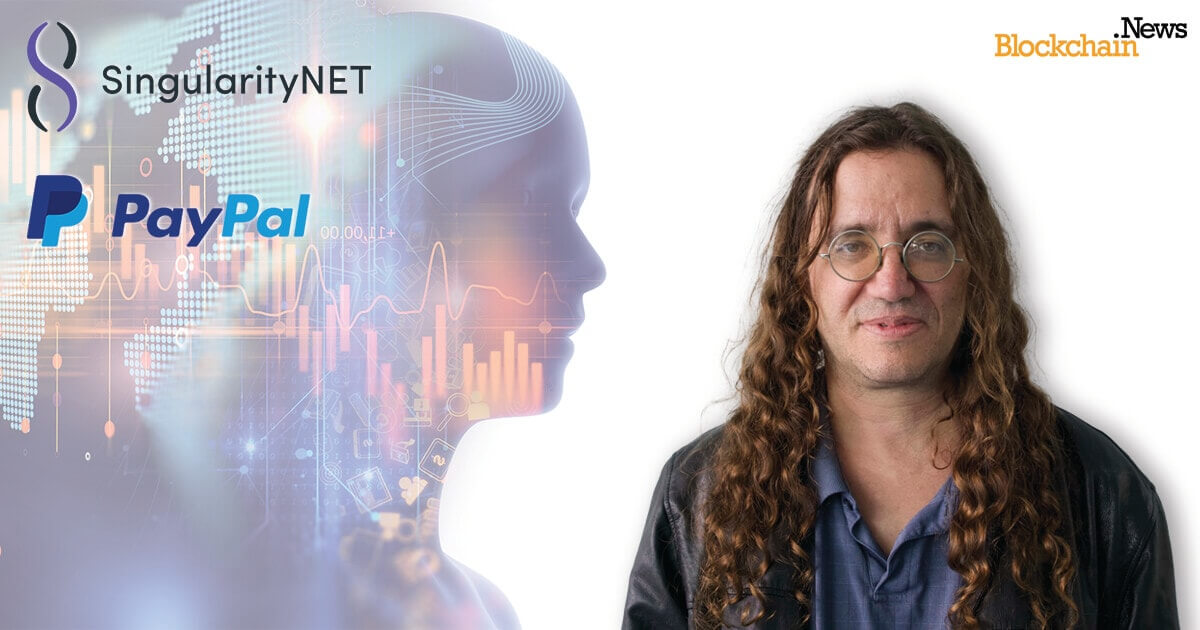Jessie A Ellis
02 Aug 2024 06:50
Explore the historical development and core theories of artificial general intelligence (AGI), from Turing’s early concepts to modern advances.
The dream of artificial general intelligence (AGI), a machine with human-like intelligence, can be traced back to the early 1950s in computational theory. Pioneers like John von Neumann explored the possibility of replicating the functions of the human brain. Today, AGI represents a paradigm shift from narrow AI tools and algorithms that excel at specific tasks to a form of intelligence that can learn, understand, and apply knowledge across a wide range of tasks at or above human levels.
The precise definition of AGI is not widely agreed upon, but it generally refers to engineering systems with the following capabilities:
- Demonstrates general human-like intelligence.
- Learning and generalization across a variety of tasks
- We interpret work flexibly in the context of the world as a whole.
The journey to AGI has been marked by a number of theories and conceptual frameworks, each contributing to our understanding and aspirations for this revolutionary technology.
The first conceptualization of AGI
Alan Turing’s groundbreaking paper “Computing Machinery and Intelligence” (1950) introduced the idea that machines could exhibit intelligent behavior that was indistinguishable from human behavior. The Turing Test, which assessed the ability of machines to respond in a human-like manner, became a foundational concept that emphasized the importance of behavior in defining intelligence. John von Neumann’s book “Computers and Brains” (1958) explored the parallels between neural processes and computational systems, sparking early interest in neurocomputational models.
Iconic AI and Early Frustration
In the 1950s and 1960s, Allen Newell and Herbert A. Simon proposed the Physical Symbol System Hypothesis, which argued that physical symbol systems were necessary and sufficient means for general intelligent behavior. This theory underpinned much of the early AI research, leading to the development of symbolic AI. However, by the late 1960s, the limitations of early neural network models and symbolic AI became apparent, and funding and interest declined, leading to the first AI winter in the 1970s.
Neural networks and connectionism
The 1980s saw a resurgence in neural network research. The development and commercialization of expert systems brought AI back into the spotlight. Advances in computer hardware provided the computational power needed to run more complex AI algorithms. The backpropagation algorithm, developed by David Rumelhart, Geoffrey Hinton, and Ronald Williams, enabled multilayer neural networks to learn from data and effectively train complex models, reviving interest in connectionist approaches to AI.
John Hopfield introduced the Hopfield network in 1982, and Geoffrey Hinton and Terry Sejnowski further developed the theory of neural networks by developing the Boltzmann machine between 1983 and 1985.
The emergence of machine learning and deep learning
Donald Hebb’s principle, summarized as “cells that fire together, wire together”, laid the foundation for unsupervised learning algorithms. Self-organizing maps, developed by Finnish professor Teuvo Korhonen in 1982, showed how systems can self-organize to form meaningful patterns without explicit supervision. The breakthrough of ImageNet in 2012, marked by the success of AlexNet, revolutionized the field of AI and deep learning, demonstrating the power of deep learning for image classification and sparking widespread interest and development in computer vision and natural language processing.
Cognitive Architecture and Modern AGI Research
Cognitive architectures such as SOAR and ACT-R emerged in the 1980s as comprehensive models of human cognition, aiming to replicate general intelligent behavior through problem solving and learning. The embodied cognition theory of the 1990s emphasized the role of the body and environment in shaping intelligent behavior. Marcus Hutter’s theory of artificial general intelligence and the AIXI model (2005) provided a mathematical framework for AGI.
One of the key developments in AGI theory is the creation of OpenCog, an open-source software framework for AGI research founded by Ben Goertzel in 2008. OpenCog focuses on creating a unified architecture that can integrate various AI methodologies to achieve human-like intelligence. Efforts to integrate neural and symbolic approaches in the 2010s aimed to combine the strengths of both paradigms and provide a promising path to AGI.
Current Frontline of AI and AGI
In the 2020s, foundational models such as GPT-3 have shown early promise in text generation applications and have demonstrated some cross-contextual transfer learning. However, they are still limited in full-spectrum reasoning, emotional intelligence, and transparency. OpenCog Hyperon, built on the foundation of OpenCog Classic, represents the next generation of AGI architecture. This open-source software framework synergizes multiple AI paradigms within a unified cognitive architecture, moving toward human-level AGI and beyond.
According to SingularityNET (AGIX), Dr. Ben Goertzel believes that AGI is now within reach and will likely be achieved within the next few years. He emphasizes the importance of decentralizing the distribution of AGI and keeping governance participatory and democratic so that AGI can grow for the benefit of humanity.
As we push the boundaries of cognitive architectures integrated with large-scale language models like OpenCog Hyperon, the horizon of AGI is getting closer. The road is filled with challenges, but the collective efforts of researchers, visionaries, and practitioners continue to push us forward. Together, we are creating the future of intelligence, turning the abstract into the concrete, and getting closer to machines that can think, learn, and understand as deeply as humans.
Image source: Shutterstock

